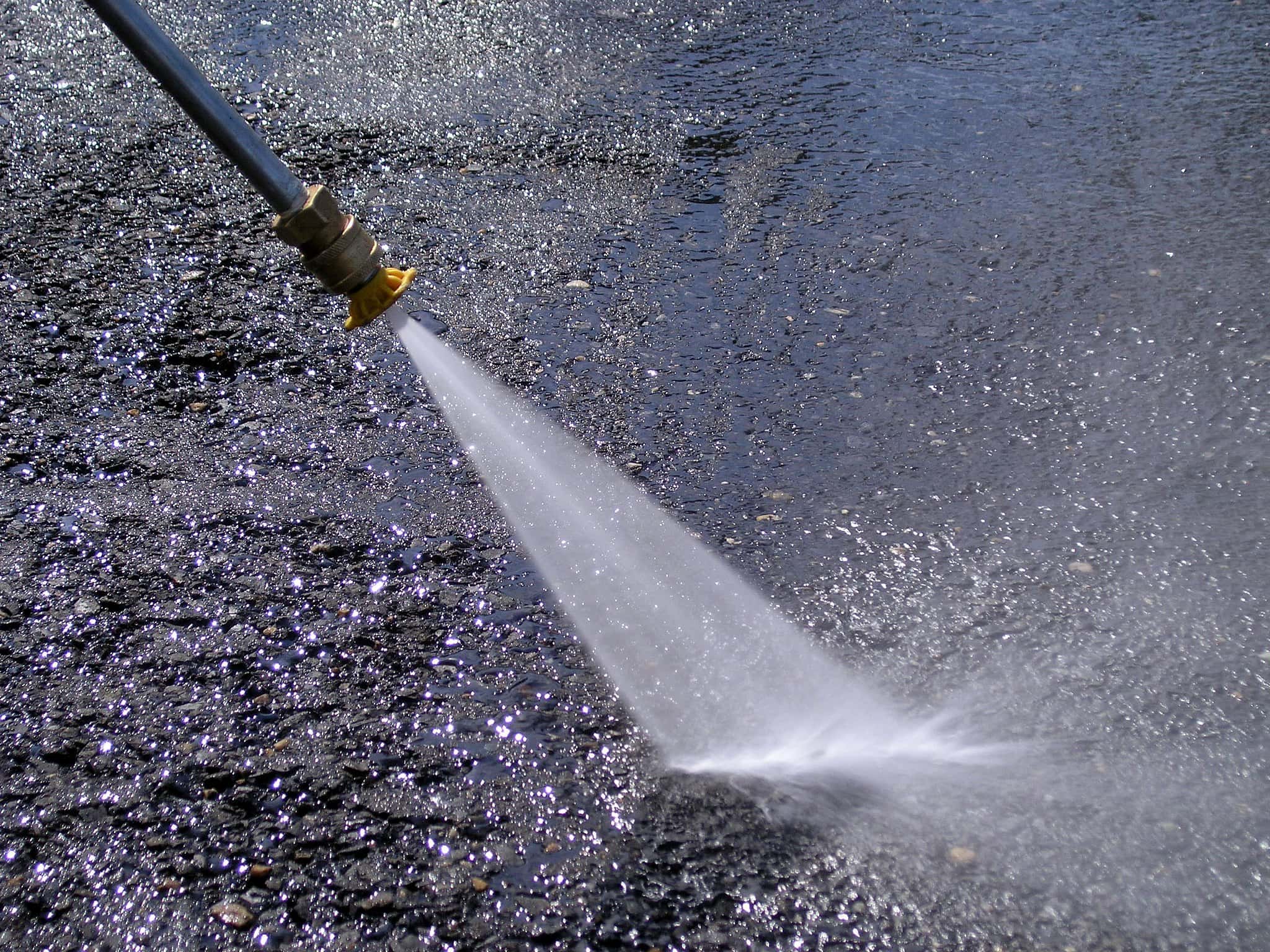Power washing is a popular method for revitalizing the appearance of your home. It swiftly removes dirt, grime, and stains. However, the process is not without its challenges. Discover eight common problems with power washing your home and understand the potential pitfalls to safeguard your property from unintended damage and complications.
1. Surface Damage
The primary concern when pressure washing your home is the potential for causing surface damage. While the high-pressure water stream effectively removes debris and dirt, it can lead to unintended consequences. Different materials require different pressure levels, and using too much pressure can lead to stripped paint, gouged wood, and cracked surfaces.
Delicate surfaces like wood, vinyl siding, and stucco are susceptible to damage if exposed to high pressures. It is crucial to choose a setting and nozzle for each material and maintain a safe distance from the surface you are cleaning.
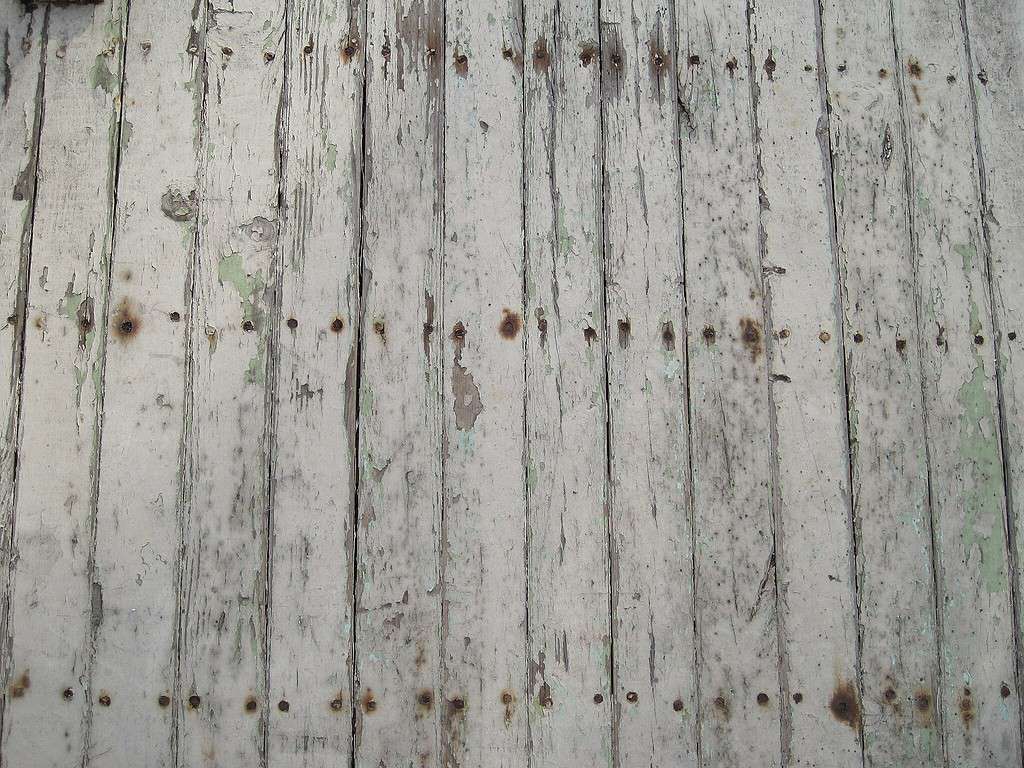
High-pressure water streams can cause blistered and peeled paint.
©regan76, CC BY 2.0 , via Wikimedia Commons – Original / License
2. Uneven Cleaning
Like any cleaning method, a pressure washer can leave behind streaks and dirty patches. Improper technique, varying pressure applications, and inadequate nozzle selection can all lead to an uneven appearance. Always patch-test an inconspicuous area before moving onto larger surfaces.
Furthermore, experiment with different angles, distances, and pressure settings to find the most effective approach for your home. Use sweeping and overlapping motions while maintaining a consistent distance to ensure uniform cleaning. Regularly inspect your progress and make adjustments.
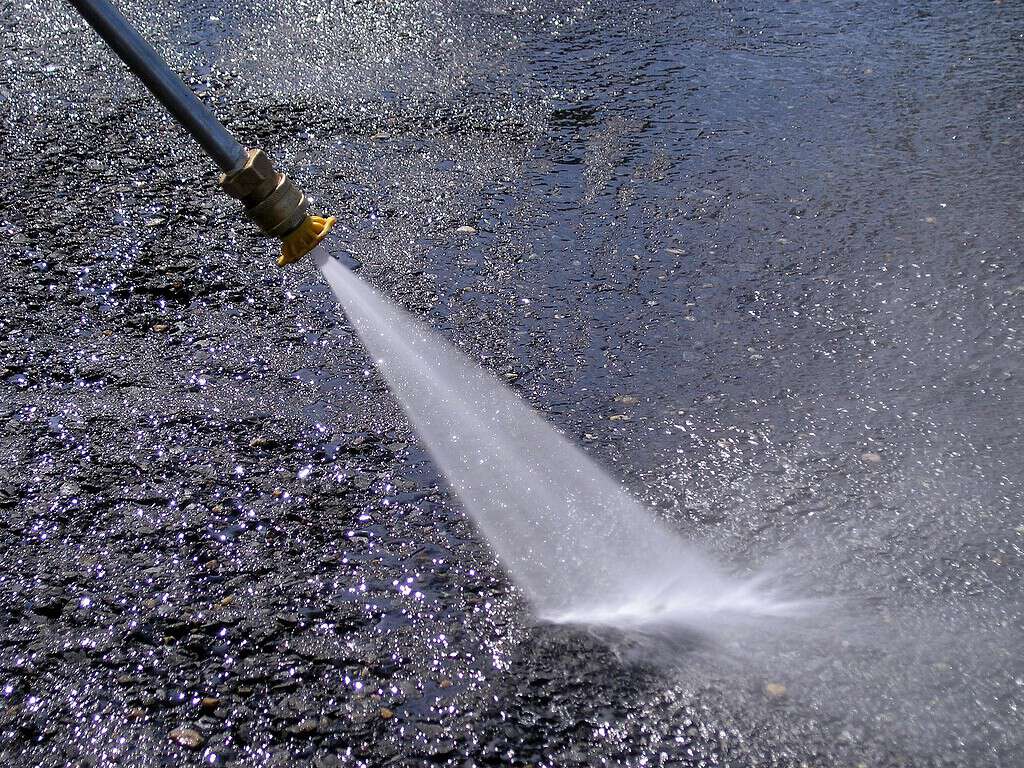
Rinse surfaces before the soap can dry when power washing your home’s exterior.
©I, Mschel, CC BY-SA 3.0 , via Wikimedia Commons – Original / License
3. Water Infiltration
Power washing is tough on dirt and grime thanks to the high-powered spray, but the method often leads to water infiltration. While cleaning the exterior of your home, the machine forces excessive water into gaps, cracks, and seams. This can lead to leaks, mold growth, and costly structural damage.
Vulnerable areas include windows, doors, vents, and electrical outlets. Always use a wide spray pattern to disperse pressure and reduce the risk of pushing water into cracks. Additionally, cover outlets, vents, and other openings with plastic to prevent water infiltration. Lastly, avoid pointing the nozzle upwards at sharp angles and always work from top to bottom.

Power washing can force water into seams, gaps, and cracks.
©Ursula Page/Shutterstock.com
4. Landscape Damage
Power washing your home can damage your surrounding landscape. The force of the high pressure and debris generated by the process can harm plants, flowers, and outdoor features like pots, statues, and furniture. Safeguard your landscape from potential damage by:
- Covering plants: Cover plants and flowers with tarps or plastic sheets to shield them from over-spray and debris.
- Use low pressure: Adjust the pressure settings on your power washer when working near your landscaping elements. Lower pressures reduce your risk of dislodging delicate soil and damaging plant roots.
- Maintain distance: Keep a safe distance from your landscaping features while power washing to prevent the force of the water from causing physical damage.
- Angle the spray: Always angle your spray away from your plants and landscape elements. Never point the nozzle directly at plants or animals.
- Rinse gently: After pressure washing your home, rinse your plants with a garden hose to remove residue from cleaning solutions.
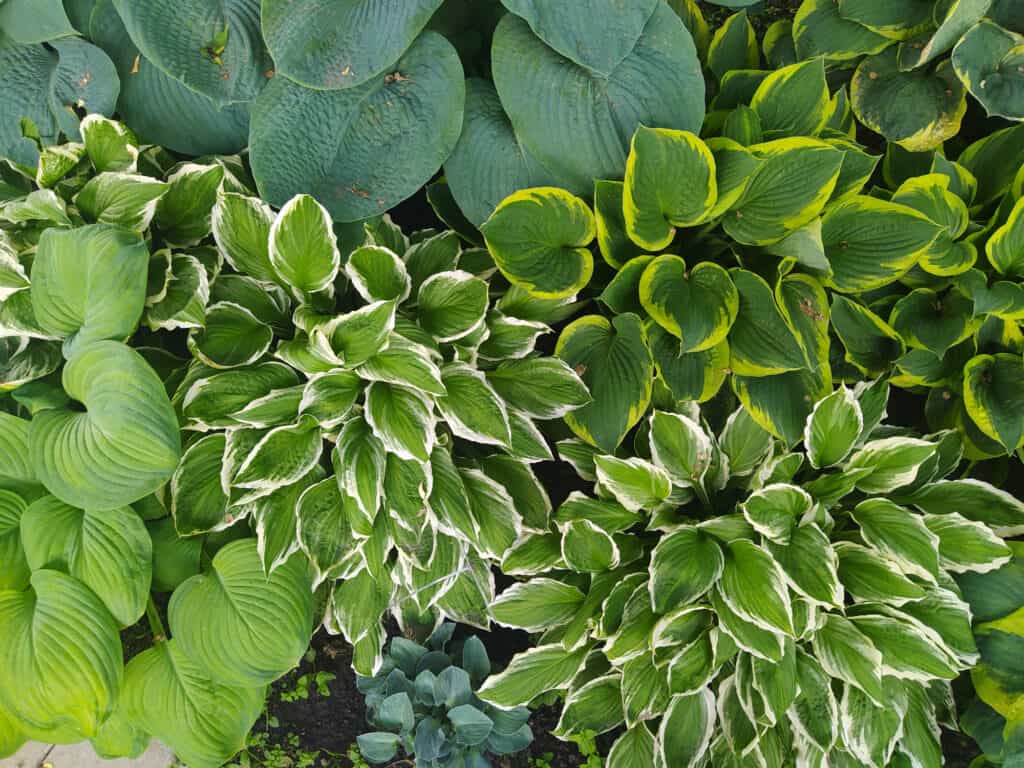
Many cleaning chemicals do permanent damage to landscape plants.
©iStock.com/Irina Kosheleva
5. Broken Windows
Broken glass and windows are a potential hazard with power washing and a costly one. The high-pressure stream, combined with the forceful impact of debris, can lead to shattered glass. Avoid broken windows by assessing all of your home’s exterior windows before power washing.
Always start with the lowest pressure setting, especially near glass and windows. Similarly, keep a safe distance from windows to prevent direct impact. Remember, windows are a prime area for water to leak into your home, causing a mess and potential damage. Always angle the nozzle away from your windows, and lastly, consider handwashing your windows to ensure safety.
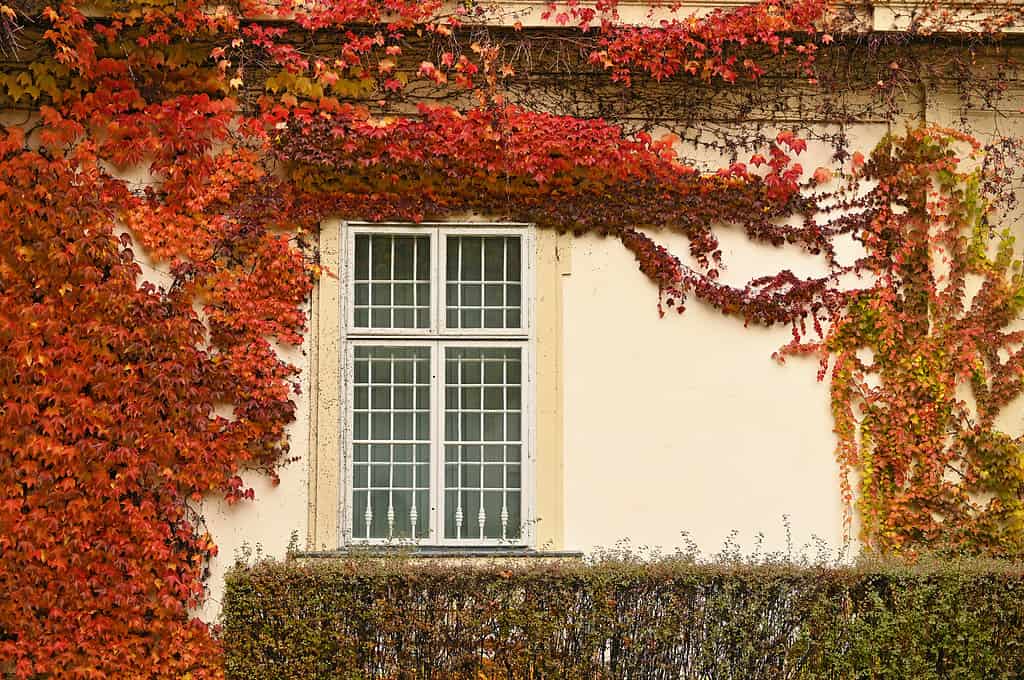
Too much pressure can shatter glass.
©goce/ via Getty Images
6. Overcleaning
Power washing removes dirt, grime, and most stains quickly. Unfortunately, there is a risk of over-cleaning. Overusing your power washer or cleaning your home too frequently results in premature wear and tear. It also degrades your home’s surfaces, negatively impacting the durability and longevity of your home. Avoid over-cleaning with a few simple tips:
- Determine your cleaning frequency: Determine how often your home’s exterior needs cleaning. Weather, dirt build-up, and surface type affect how often you need to clean your home.
- Use mild detergents: Opt for mild cleaning solutions designed for pressure washing.
- Patch-test: Test your equipment and detergent on a small, inconspicuous area to gauge effectiveness and impact.
- Use low pressure: Start with the lowest pressure setting that efficiently removes dirt.
- Monitor your home’s surfaces: Always inspect cleaned surfaces for signs of damage, like peeling paint, wood splintering, and deterioration.
- Alternate cleaning methods: Alternate between power washing and traditional, more gentle cleaning methods like handwashing.
- Get a professional inspection: Hire a professional exterior cleaning company in your area to determine your cleaning frequency and the best method for your home.
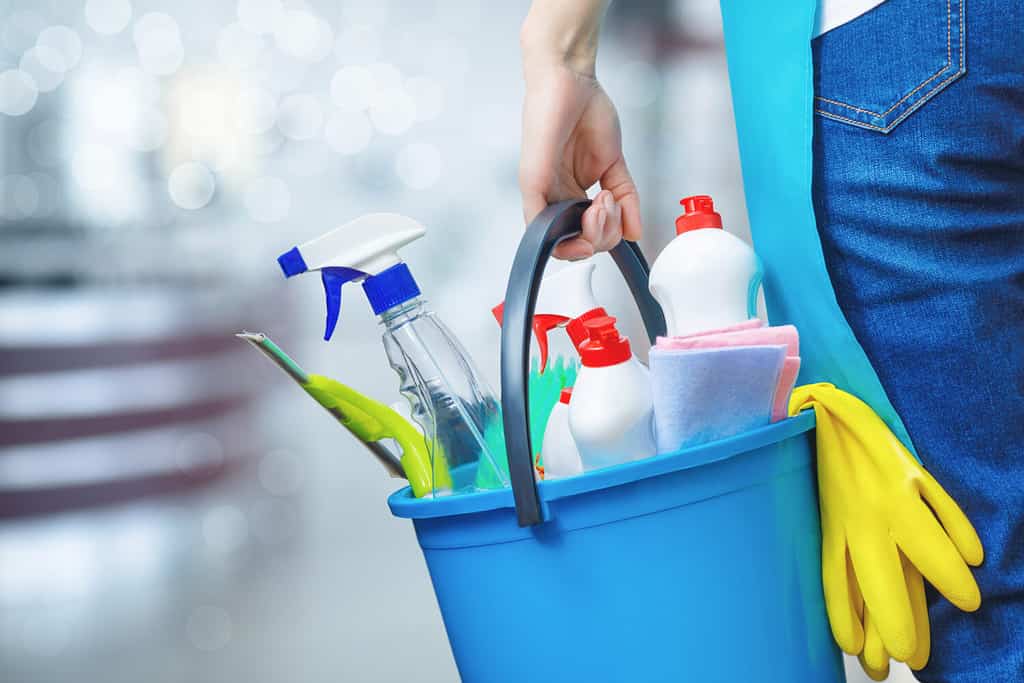
Opt to handwash delicate areas like glass windows and doors.
©Natali _ Mis/Shutterstock.com
7. Safety Concerns
Pressure washing offers convenience, but it is important to prioritize your safety to prevent accidents and injuries. Wear safety gear, including safety glasses, gloves, and sturdy footwear to guard against debris, lacerations, and chemical exposure. Furthermore, familiarize yourself with the manufacturer’s instructions for your power washer, paying close attention to recommended pressure settings and nozzle selections.
Maintain a sturdy stance and avoid using a ladder while operating your power washer to avoid slips and falls. Never aim your spray directly at yourself, your neighbors, or your pets. Lastly, cover all of your home’s exterior outlets to prevent water infiltration and your risk of electric shock.
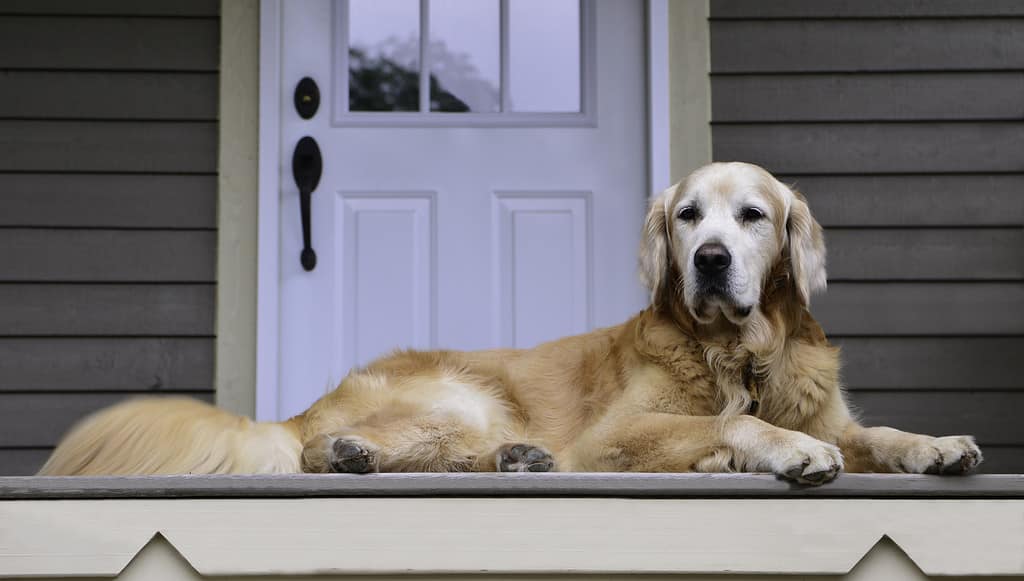
Never aim the spray directly at pets or people.
©iStock.com/LucBrousseau
8. Chemical Runoff
Power washing involves using cleaning solutions to enhance the effectiveness of the process. However, most cleaning chemicals produce harmful runoff. Chemicals find their way into the local environment, posing risks to plants, water sources, and wildlife. Minimize the environmental impact of power washing your home by using eco-friendly, biodegradable products.
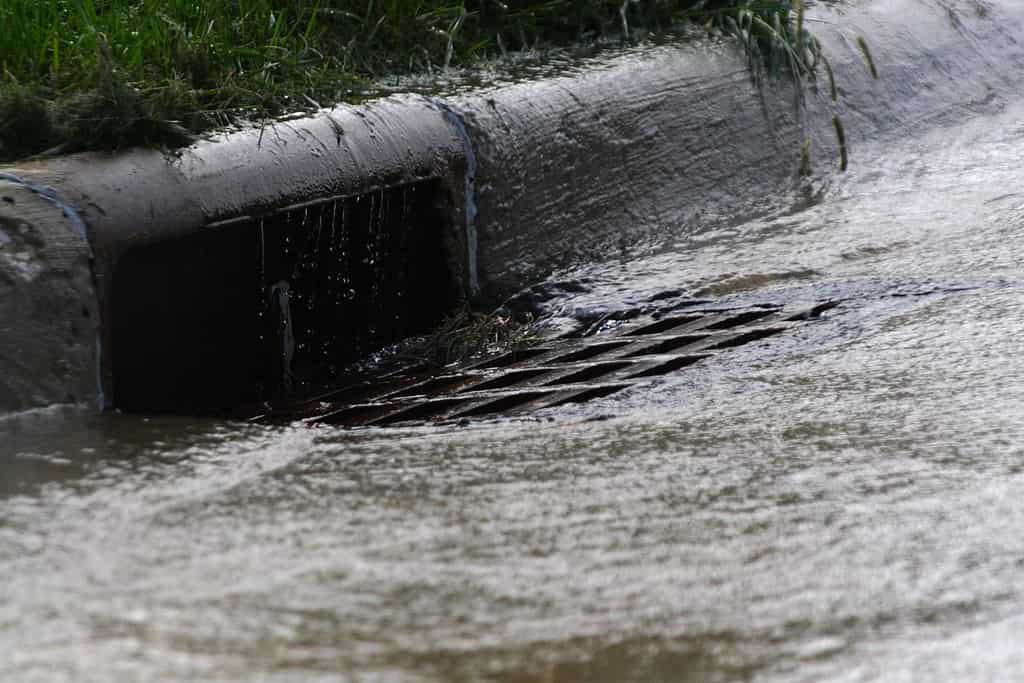
Runoff from power washing contributes to pollution.
©Robert Lawton, CC BY-SA 2.5 , via Wikimedia Commons – Original / License
Will a Pressure Washer Damage Your Home?
A power washer is more likely to damage your home if misused. The high-pressure spray is powerful enough to strip paint, gouge wood, crack concrete, and cause other damage to various surfaces. However, when used responsibly with proper techniques, a power washer is a safe and effective tool for cleaning your home’s exterior.
Minimize your risk by following some simple tips:
- Choose the right pressure and nozzle
- Maintain a safe distance
- Patch-test
- Select the right cleaning solution
- Be cautious around windows, doors, and other openings
- Protect your landscaping
- Start with low pressure
- Keep moving
- Inspect after completing your cleaning job
Power washing is a valuable tool for revitalizing the appearance of your home’s exterior, but it is essential to be aware of the potential challenges. By addressing the common problems associated with power washing, like surface damage, water infiltration, landscape damage, broken windows, over-cleaning, and more, you can navigate the home improvement task with confidence.
Thank you for reading! Have some feedback for us? Contact the AZ Animals editorial team.

